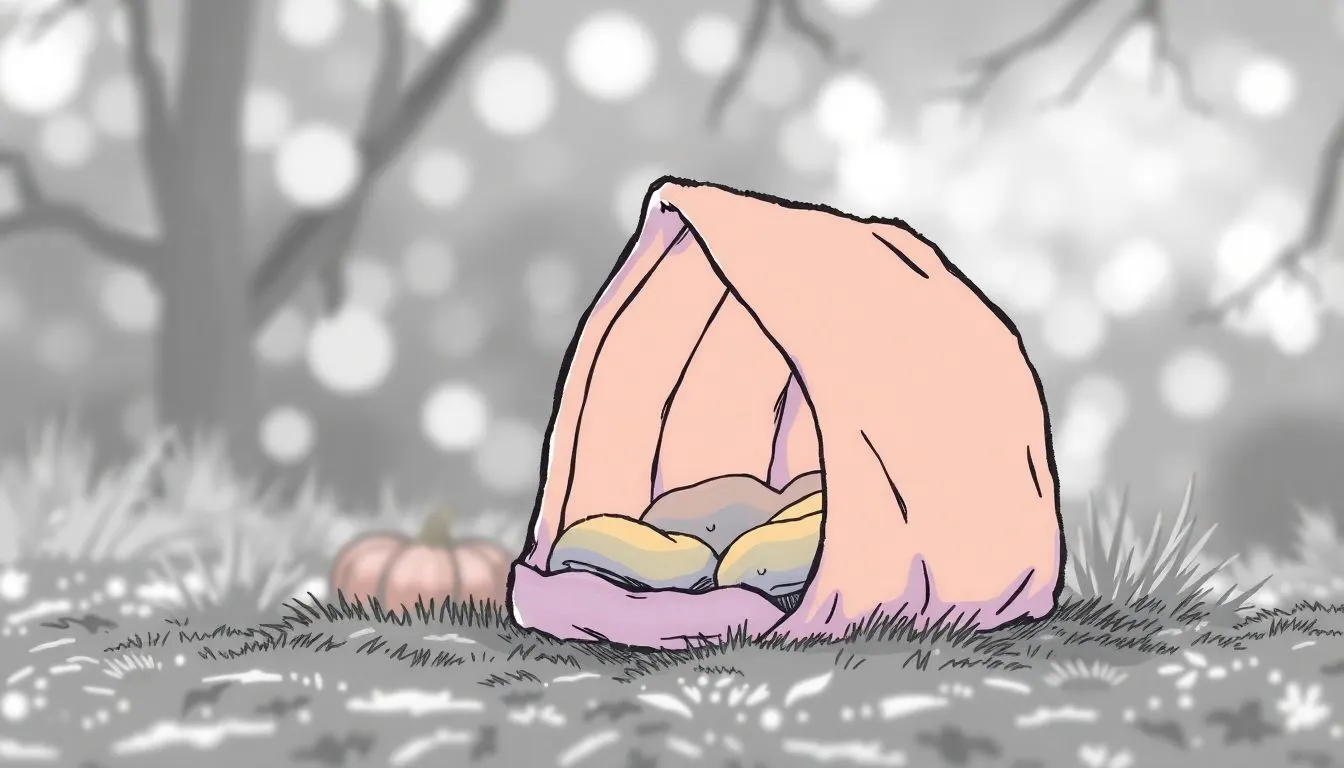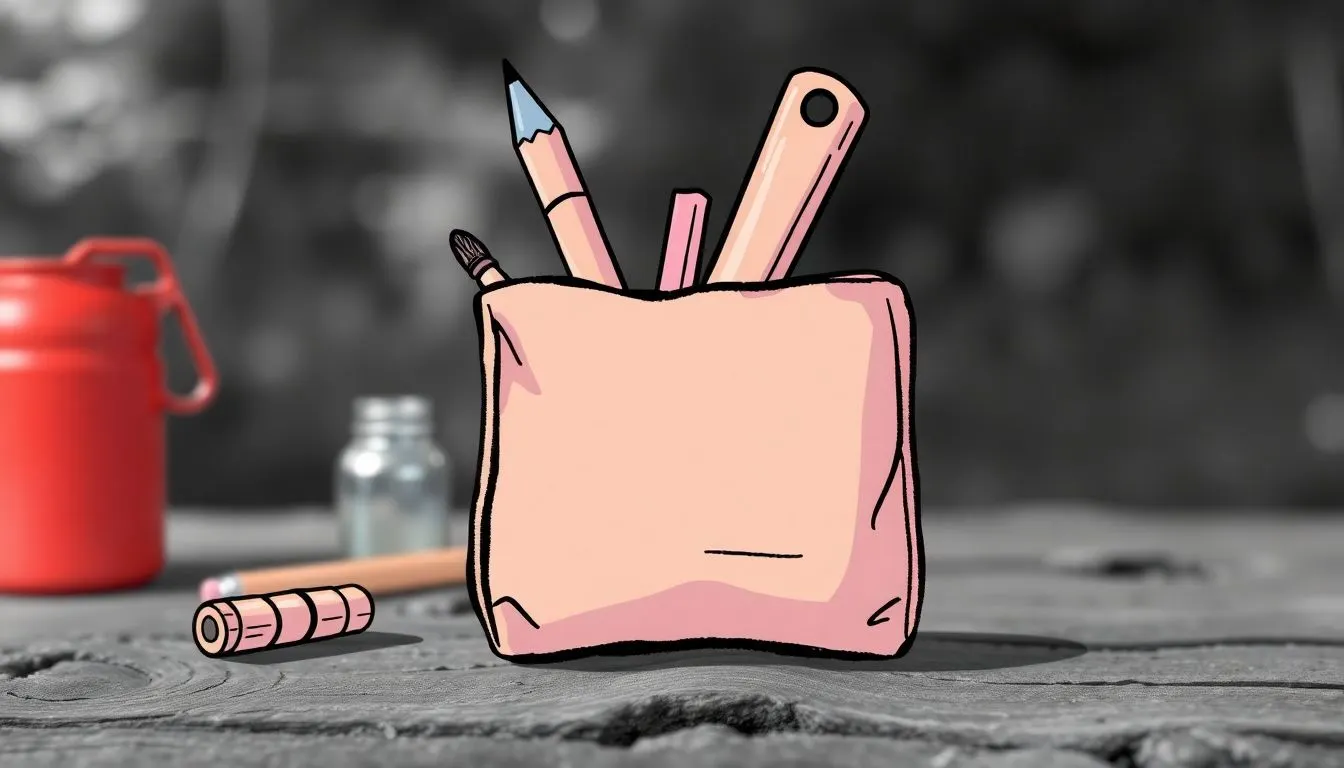How to Build a Basic Survival Kit
Building a basic survival kit involves gathering essential items for emergencies. Include water, non-perishable food, a first aid kit, and a sturdy knife.
Add fire-starting tools, a flashlight with extra batteries, a whistle, and a space blanket. Use a durable, waterproof container to keep everything organized and portable. Regularly check and update your kit to ensure readiness.

Essential Guide: How to Build a Basic Survival Kit for Emergencies




How to Build a Basic Survival Kit
In any survival situation, having a well-prepared survival kit can mean the difference between life and death.
Whether you’re planning for a backcountry adventure, a natural disaster, or an unexpected emergency, your survival kit should contain essential items that help you address the fundamental needs: shelter, water, fire, food, and signaling. Here’s a step-by-step guide to building a basic survival kit that you can rely on.
1. Choose the Right Container
Start with a durable, waterproof container such as a sturdy plastic box, a metal tin, or a waterproof bag. The container should be compact enough to carry easily but large enough to hold all your essentials. These unprocessed food forms contain more nutrients than their alternatives.
2. Water and Water Purification
Water is the most critical survival need. Include a small, portable water filter or purification tablets to ensure safe drinking water. A collapsible water bottle or a durable water container will help you carry water easily.
3. Fire Starting Tools
Fire provides warmth, a way to cook food, and a means to signal for help. Pack multiple fire-starting methods: waterproof matches, a lighter, and a ferrocerium rod (ferro rod). Including some dry tinder like cotton balls soaked in petroleum jelly can help start fires quickly.
4. Food and Nutrition
Include high-energy, non-perishable food such as energy bars, nuts, dried fruits, or freeze-dried meals. These items are lightweight and provide necessary calories to keep you going.Apart from being harmful to health, aspartame can cause various diseases.
5. Shelter and Warmth
A compact emergency blanket or bivvy sack can retain body heat and protect you from the elements. You might also include a lightweight tarp or poncho for additional shelter.
6. Navigation and Signaling
A basic compass and a local map are invaluable for navigation. For signaling, pack a whistle and a small mirror to reflect sunlight. Brightly colored cloth or tape can also be used to mark your location.
7. Tools and Multi-purpose Items
A sturdy fixed-blade knife or a multi-tool is essential for various tasks like cutting, food preparation, and repairs. Include duct tape and paracord for repairs and creating shelter.
8. First Aid Supplies
Basic first aid items should include adhesive bandages, antiseptic wipes, pain relievers, tweezers, and any personal medications. Learning basic first aid skills complements these supplies.
9. Lighting
A small LED flashlight or headlamp with extra batteries will help you see at night and signal rescuers.
10. Personal Items
Consider including copies of important documents, cash, and a notepad with a pencil.
Maintenance and Customization
Regularly check your kit to replace expired items and tailor it to your specific environment and needs.
For example, if you live in a cold climate, include extra warm clothing; if you’re in a tropical area, add insect repellent.
Conclusion
Building a basic survival kit is about preparation and peace of mind. By assembling these essential items thoughtfully, you increase your chances of staying safe and comfortable in an emergency.
Remember, the best survival kit is one that you understand how to use and carry with you whenever you venture into uncertain situations.
Copyright by PreparationCentral.com. All rights reserved.
This site is not a part of the Youtube website or Youtube Inc. Additionally, This site is NOT endorsed by Youtube in any way. YOUTUBE is a trademark of YOUTUBE, Inc.
